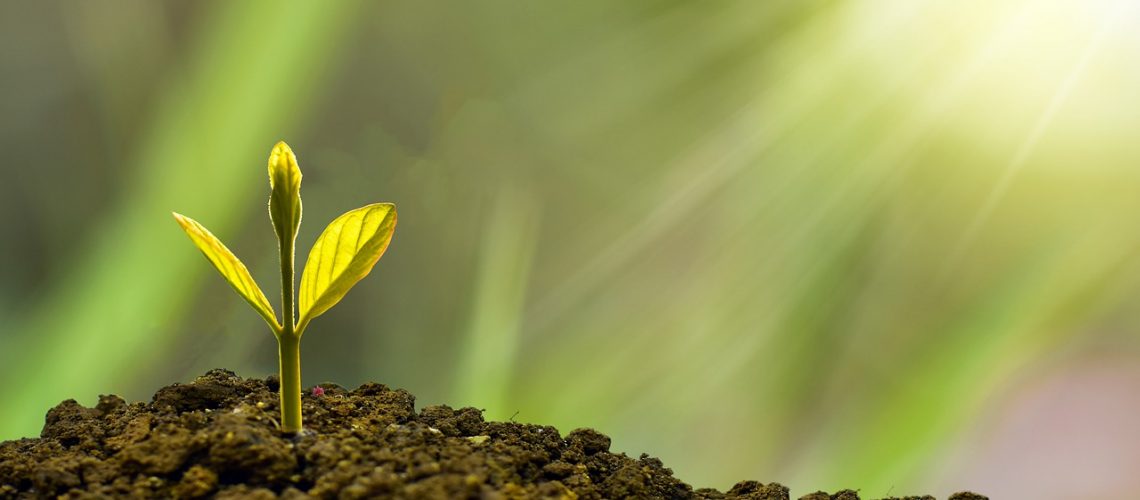Trees provide visual appeal, cool shade, purified air, and windbreaks. However, despite all of these, some people ask gardeners for something more, commonly the “four seasons of interest.” These are trees that provide owners a year-round interest, adding something unique to one’s landscape every season, including combinations of flowers, fruits, leaves, and barks.
If you’re looking for such trees, make sure to invest in tree care service providers that can handle tree diagnosis, insect control, disease treatment, and trimming methods to ensure the health and vitality of your trees. That said, here are some of the best ones to grow for all-year-round interest, each one promising good horticultural returns.
Japanese Stewartia Tree
The Japanese Stewartia tree is famous for its stunning flowers and spectacular bark. As its name suggests, the flowers of this tree resemble camellia blooms, boasting white petals and gold anthers. This tree is particularly unique because, unlike most flowering ornamental trees, the Japanese Stewartia blooms during early summer and tops out at 12 to 40 feet. This tree features green leaves that turn a stunning combination of red, gold, and orange during fall, while winter reveals its smooth and exfoliating bark — peeling away to reveal its unique dappled patterns of brown and gray.
Coral Bark Japanese Maple Tree
Japanese maple trees in the coral bark group have palm-shaped foliage, with the Sango-Kaku being a popular choice. The typical coral bark Japanese maple tree grows to a max height of 25 feet, with the tree being famous for its distinct pink and red bark, which is usually the brightest on young growth. This vibrant hue is the most noticeable during the winter, and when its leaves emerge during springtime, they’re light green with red edges.
Green Hawthorn Tree
The green Hawthorn tree is native to North America, where it’s believed to grow to an astonishing 25 to 30 feet at its peak of maturity. It starts the growing season covered with magical and aromatic white flowers, succeeded with toothed leaves that boast a unique red-purple hue during fall. Besides its appearance, the green Hawthorn tree is an excellent investment for year-round interest thanks to its fruits.
Hawthorne fruits, commonly known as haws, are red, where many assume came from in early fall, persisting through the winter.
Lacebark Pine Tree
The lacebark pine tree is famous for its distinct appearance and landscape virtues linked with evergreens. These trees hold their needles through the harshest weather, making it an excellent long-term garden investment. However, besides its sturdiness, what makes this lacebark pine tree unique is its exfoliating bark and its distinctive hue, showcasing patches of white, pale gray, and olive.
Overall, the lacebark pine tree is an investment evergreen that’ll start exfoliating around ten years, where it’ll reach its mature size of 30 to 50 feet.

Persian Ironwood Tree
Persian ironwood trees are some of the most stunning trees, perfect for a foliage effect. As temperatures go down during fall, the small tree’s green summer leaves turn into a gorgeous yellow, red, and orange combination. Plus, despite being a small tree, the effect of these leaves is magnified thanks to their larger-than-average size, with each one being five inches long. When the Persian ironwood tree’s foliage disappears during springtime, its exfoliating bark reveals a unique hue combination of gray, brown, white, and green.
The beauty of this tree’s bark is complemented in spring when it sprouts curious yet stunning flowers.
Sargent Cherry Tree
Sargent cherry trees are known for their uniquely polished mahogany, but this is only one of the many appeals of this species. They boast rounded and toothed leaves with a unique bronze-purple hue during wintertime, adding a magical touch to any outdoor space. Plus, like most ornamental cherry trees, the Sargent cherry tree covers itself with masses of pink blooms during springtime. These are usually followed by black fruits and are highly favored by birds.
Serviceberry Tree
Serviceberry trees are small deciduous trees that thrive best in small- to medium-sized gardens. During springtime, white flower blossoms from the serviceberry tree, alongside dark green leaves — bearing small blueberry-like fruits during summertime. The fruits from this tree are known to be used in pies, jams, and other sweet treats, making them an excellent investment for your outdoor space.
Picking just a few species can be difficult as each tree has its unique charm and effects. However, if you’re looking to create a landscape of trees for all year round interest, investing in one or two of the trees mentioned can be a great way to increase your horticultural return.

